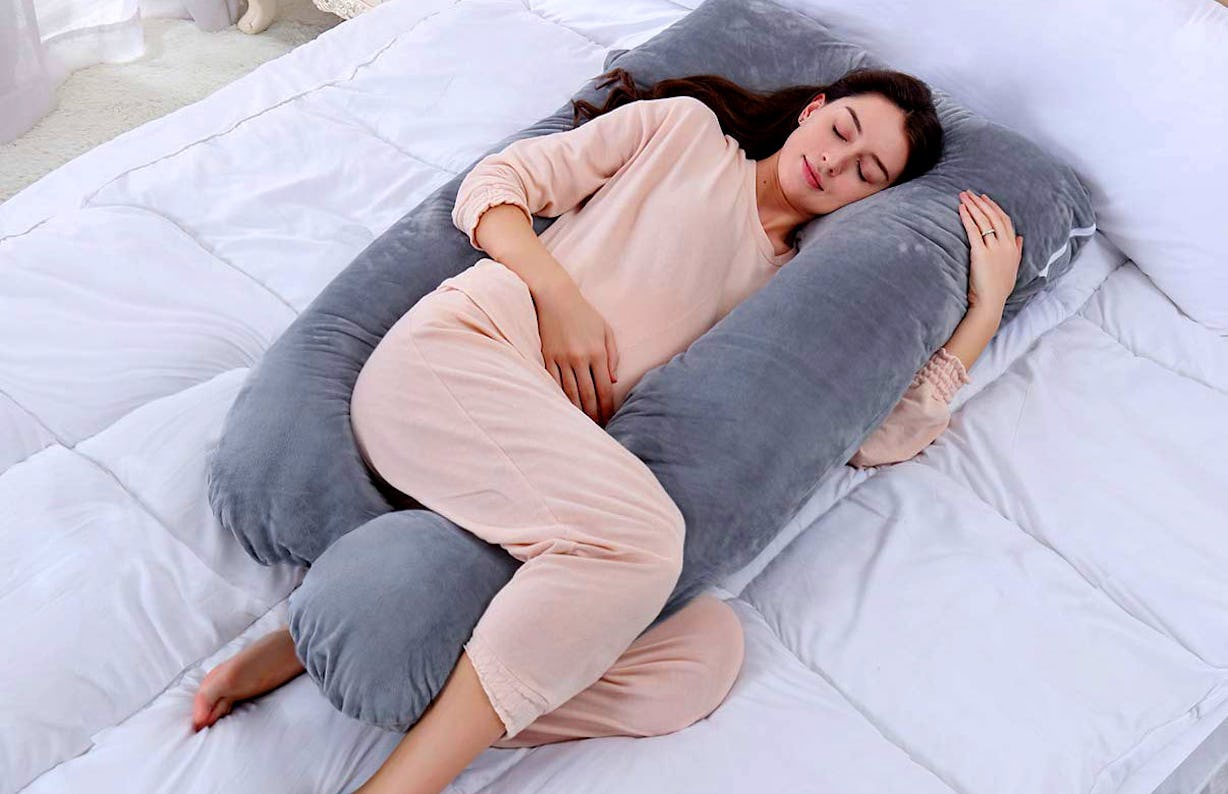One of the main downsides of memory foam mattresses is their tendency to retain heat. The material is known for its ability to conform to the body, providing a supportive and comfortable sleep experience. However, this same quality can also trap body heat, making the mattress feel too hot for some sleepers, especially during warmer months. This can lead to uncomfortable and restless nights, causing disruptions in sleep and potentially affecting overall sleep quality.1. Heat Retention
When memory foam mattresses are first unpacked, they often emit a strong chemical smell. This is known as off-gassing and is caused by the release of volatile organic compounds (VOCs) from the foam. While the smell typically dissipates within a few days, it can be unpleasant and irritating to some individuals. Those who are sensitive to strong odors may want to consider other mattress options or look for memory foam mattresses with low VOC emissions.2. Off-Gassing
While memory foam mattresses are known for their pressure-relieving properties, they may not provide enough support for some individuals. The material tends to sink and contour to the body, which can cause alignment issues for those with specific back or joint problems. Firm mattresses are often recommended for individuals with such conditions, and memory foam mattresses may not be able to provide the necessary level of support.3. Lack of Support
Memory foam mattresses are best suited for side and back sleepers, as the foam conforms to the curves of these sleeping positions and helps relieve pressure points. However, for stomach sleepers, the material may not provide enough support and can cause the spine to sink in unnaturally. This can lead to discomfort and potential back pain. It is essential to consider your preferred sleeping position when choosing a mattress to ensure it will provide the necessary support for a comfortable night's rest.4. Not Suitable for All Sleeping Positions
Compared to traditional innerspring mattresses, memory foam mattresses can be quite expensive. The high cost is due to the advanced technology and materials used in their construction. While they may offer superior comfort and support, the price tag may be a deterrent for some individuals. It is essential to consider your budget and research different brands and models to find a memory foam mattress that fits your needs and price range.5. Can Be Expensive
Despite being a popular mattress choice, memory foam mattresses may not be as durable as other types of mattresses. The foam tends to break down over time, losing its shape and support. This can lead to sagging and can affect the overall comfort of the mattress. It is recommended to replace a memory foam mattress every 7-10 years, which may be more frequent than other types of mattresses.6. May Not Be Durable
Due to the dense and heavy nature of memory foam, these mattresses can be challenging to move around. This can be a significant drawback when it comes to changing sheets or rotating the mattress. It is also a consideration for those who may need to move frequently, as a memory foam mattress may not be easy to transport. This can be especially challenging for individuals who live alone or have limited mobility.7. Can Be Heavy and Difficult to Move
As mentioned earlier, memory foam mattresses can emit a strong chemical smell due to off-gassing. While the smell typically dissipates within a few days, it can be bothersome to sensitive individuals. This can also be a concern for those who are environmentally conscious, as the chemicals used in the construction of memory foam mattresses may not be eco-friendly.8. May Have a Chemical Smell
As mentioned earlier, memory foam mattresses have a tendency to retain heat. This can be an issue for individuals who tend to sleep hot, as the foam may cause them to overheat and sweat throughout the night. Some memory foam mattresses come with cooling technologies, such as gel-infused foam or open-cell foam, to address this issue. However, these options may come at a higher cost.9. May Not Be Suitable for Hot Sleepers
Memory foam mattresses are made of synthetic materials, which can be a concern for those with allergies. The foam can trap dust, dander, and other allergens, which can potentially worsen allergy symptoms. Some memory foam mattresses come with hypoallergenic covers or are made with natural materials, but these options may also come at a higher cost. In conclusion, while memory foam mattresses offer numerous benefits, they also have their downsides. It is essential to consider your specific needs and preferences when choosing a mattress and weigh the pros and cons carefully. With proper research and consideration, you can find a memory foam mattress that provides the comfort and support you need for a good night's sleep.10. May Not Be Suitable for Those with Allergies
The Negative Impact on the Environment

While memory foam mattresses may provide a comfortable and supportive sleeping experience, they also have a negative impact on the environment.

One of the main concerns with memory foam mattresses is their production process. The materials used to make them, such as polyurethane foam and petroleum-based chemicals, contribute to air pollution and can release harmful volatile organic compounds (VOCs) into the environment. These chemicals not only harm the planet, but they can also be dangerous for our health.
In addition, memory foam mattresses are not biodegradable and can take hundreds of years to decompose. This means that when they end up in landfills, they sit there for a long time, taking up valuable space and contributing to pollution. The production and disposal of memory foam mattresses also require a significant amount of energy and resources, further adding to their negative impact on the environment.
Furthermore, the durability of memory foam mattresses is a cause for concern. They may last for several years, but once they start to break down, they release even more VOCs into the air. This not only affects the environment but also our indoor air quality, potentially causing respiratory issues and other health problems.
It's clear that while memory foam mattresses may provide a comfortable sleeping experience, their negative impact on the environment cannot be ignored. As consumers, it's important to consider the environmental impact of our purchases and look for more sustainable and eco-friendly options for our homes.
Keywords: negative impact, environment, production process, polyurethane foam, petroleum-based chemicals, air pollution, volatile organic compounds, biodegradable, durability, indoor air quality, sustainable, eco-friendly.





















































































:max_bytes(150000):strip_icc()/157730815-56a130a25f9b58b7d0bce7e7.jpg)


































